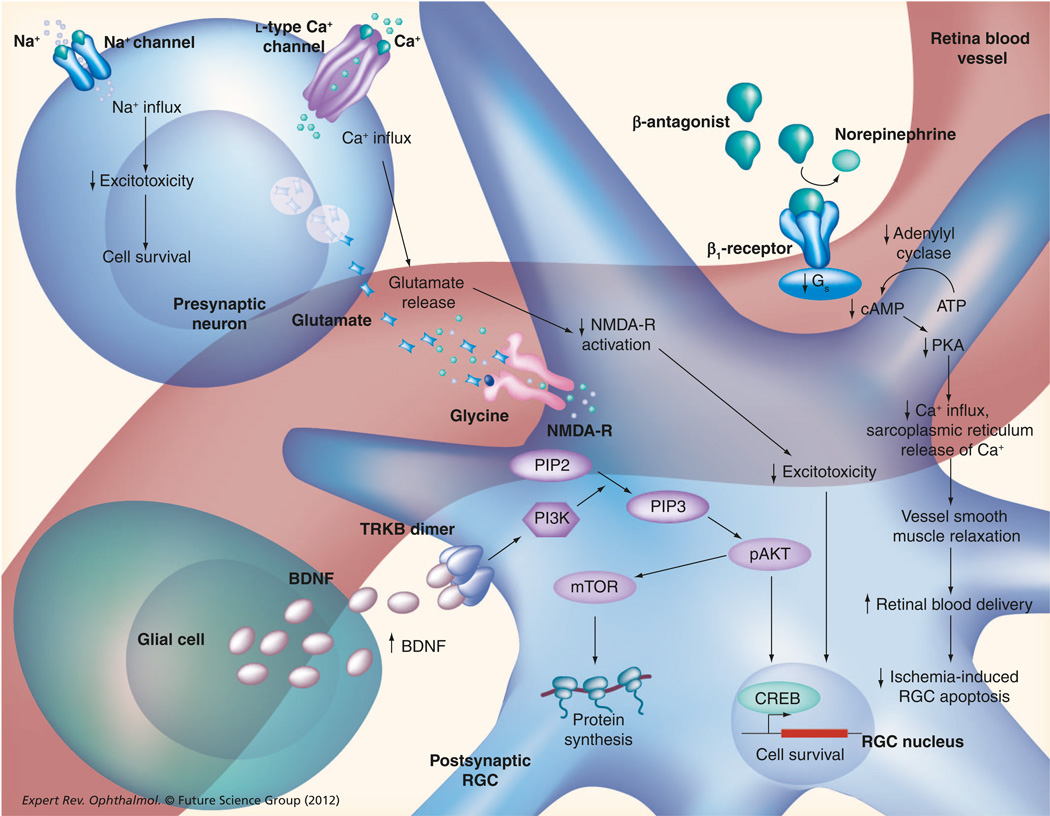Figure 2. Putative neuroprotective actions of β-receptor antagonists.
Based on known expression patterns, β-receptor antagonists could bind channels in presynaptic circuits to reduce the release of glutamate and postsynaptic activation of NMDA receptors on RGCs. Antagonists could also exert influence on receptors expressed by vascular elements, leading to increased blood supply and reduced ischemia-related stress. Finally, certain β-receptor antagonists upregulate expression of BDNF in retinal glia.
NMDA-R: NMDA receptor; RGC: Retinal ganglion cell; TRKB: Tyrosine receptor kinase B.

